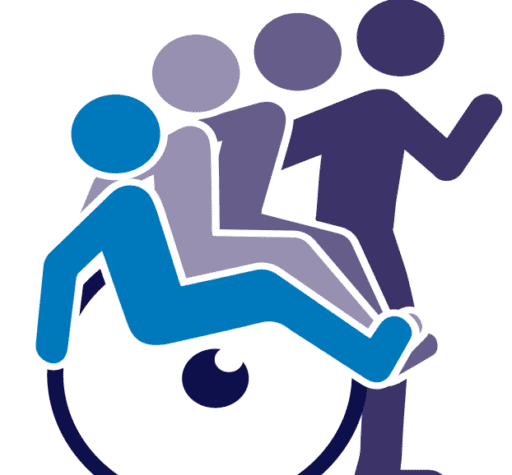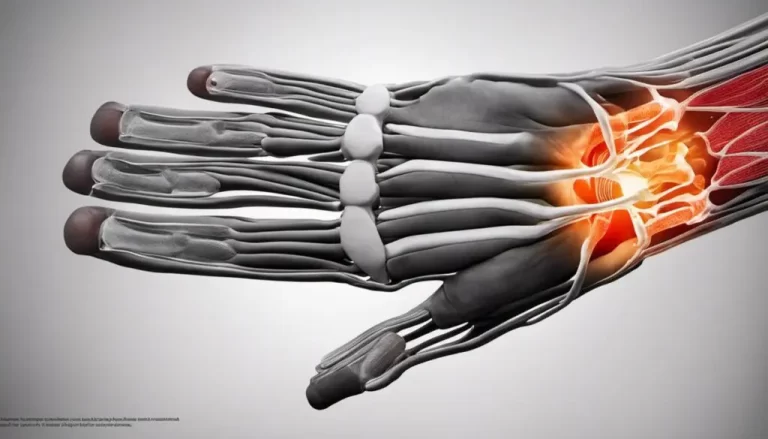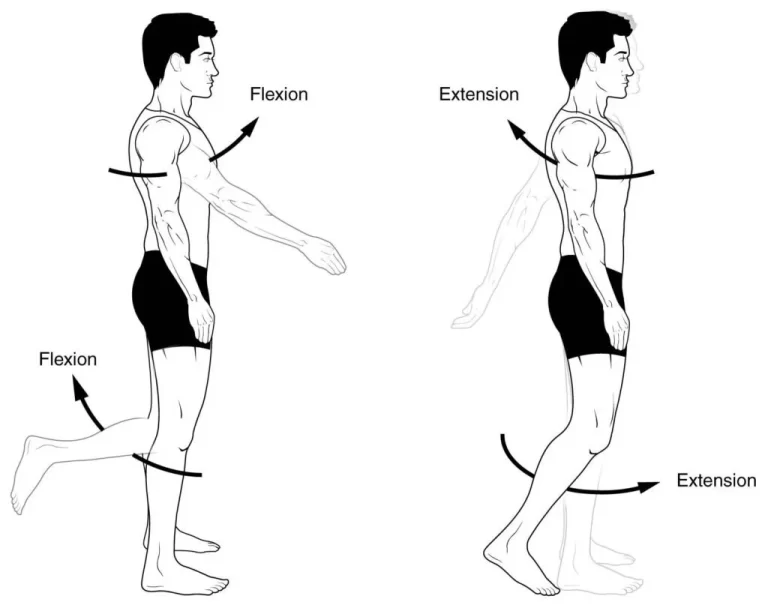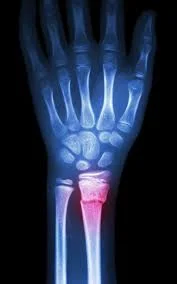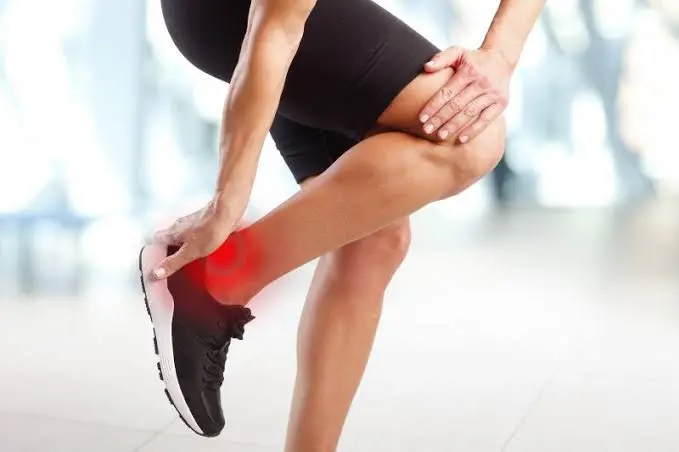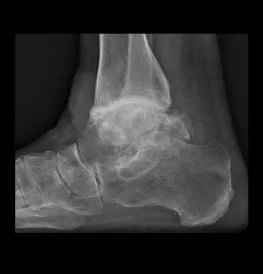Managing Asthma at Home: Effective Strategies for Symptom Relief and Prevention
Introduction of Asthma A lung condition known as asthma, or bronchial asthma, is what causes breathing difficulties. Being a chronic (ongoing) condition, it requires constant medical attention and doesn’t go away. Currently, about 25 million Americans suffer from asthma. Over 5 million youngsters are included in this total. If therapy for your asthma is not…
